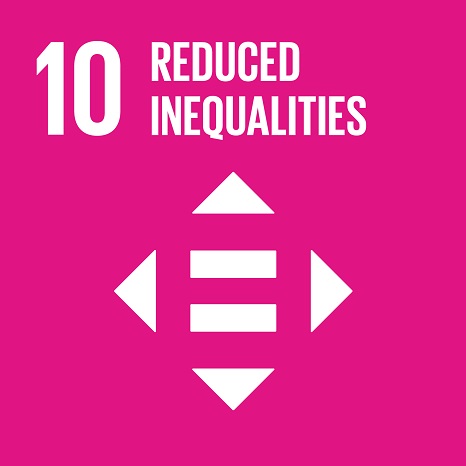Ciência_Iscte
Publications
Publication Detailed Description
Dominance of sterilization and alternative choices of contraception in India: an appraisal of the socioeconomic impact
Journal Title
PLoS One
Year (definitive publication)
2014
Language
English
Country
United States of America
More Information
Web of Science®
Scopus
Google Scholar
Abstract
Background: The recent decline in fertility in India has been unprecedented especially in southern India, where fertility is almost exclusively controlled by means of permanent contraceptive methods, mainly female sterilization, which constitutes about two-thirds of overall contraceptive use. Many Indian women undergo sterilization at relatively young ages as a consequence of early marriage and childbearing in short birth intervals. This research aims to investigate the socioeconomic factors determining the choices for alternative contraceptive choices against the dominant preference for sterilization among married women in India. Methods: Data for this study are drawn from the 2005-06 National Family Health Surveys focusing on a sample of married women who reported having used a method of contraception in the five years preceding the survey. A multilevel multinomial logit regression is used to estimate the impact of socioeconomic factors on contraceptive choices, differentiating temporary modern or traditional methods versus sterilization. Findings: Religious affiliation, women's education and occupation had overarching influence on method choices amongst recent users. Muslim women were at higher odds of choosing a traditional or modern temporary method than sterilization. Higher level of women's education increased the odds of modern temporary method choices but the education effect on traditional method choices was only marginally significant. Recent users belonging to wealthier households had higher odds of choosing modern methods over sterilization. Exposure to family planning messages through radio had a positive effect on modern and traditional method choices. Community variations in method choices were highly significant. Conclusion: The persistent dominance of sterilization in the Indian family planning programme is largely determined by socioeconomic conditions. Reproductive health programmes should address the socioeconomic barriers and consider multiple cost-effective strategies such as mass media to promote awareness of modern temporary methods.
Acknowledgements
--
Keywords
Fields of Science and Technology Classification
- Other Natural Sciences - Natural Sciences
Funding Records
| Funding Reference | Funding Entity |
|---|---|
| PTDC/CS-DEM/108033/2008 | Fundação para a Ciência e a Tecnologia |
| PEst-OE/SADG/UI3126/2013 | Fundação para a Ciência e a Tecnologia |
Contributions to the Sustainable Development Goals of the United Nations
With the objective to increase the research activity directed towards the achievement of the United Nations 2030 Sustainable Development Goals, the possibility of associating scientific publications with the Sustainable Development Goals is now available in Ciência_Iscte. These are the Sustainable Development Goals identified by the author(s) for this publication. For more detailed information on the Sustainable Development Goals, click here.

 Português
Português




